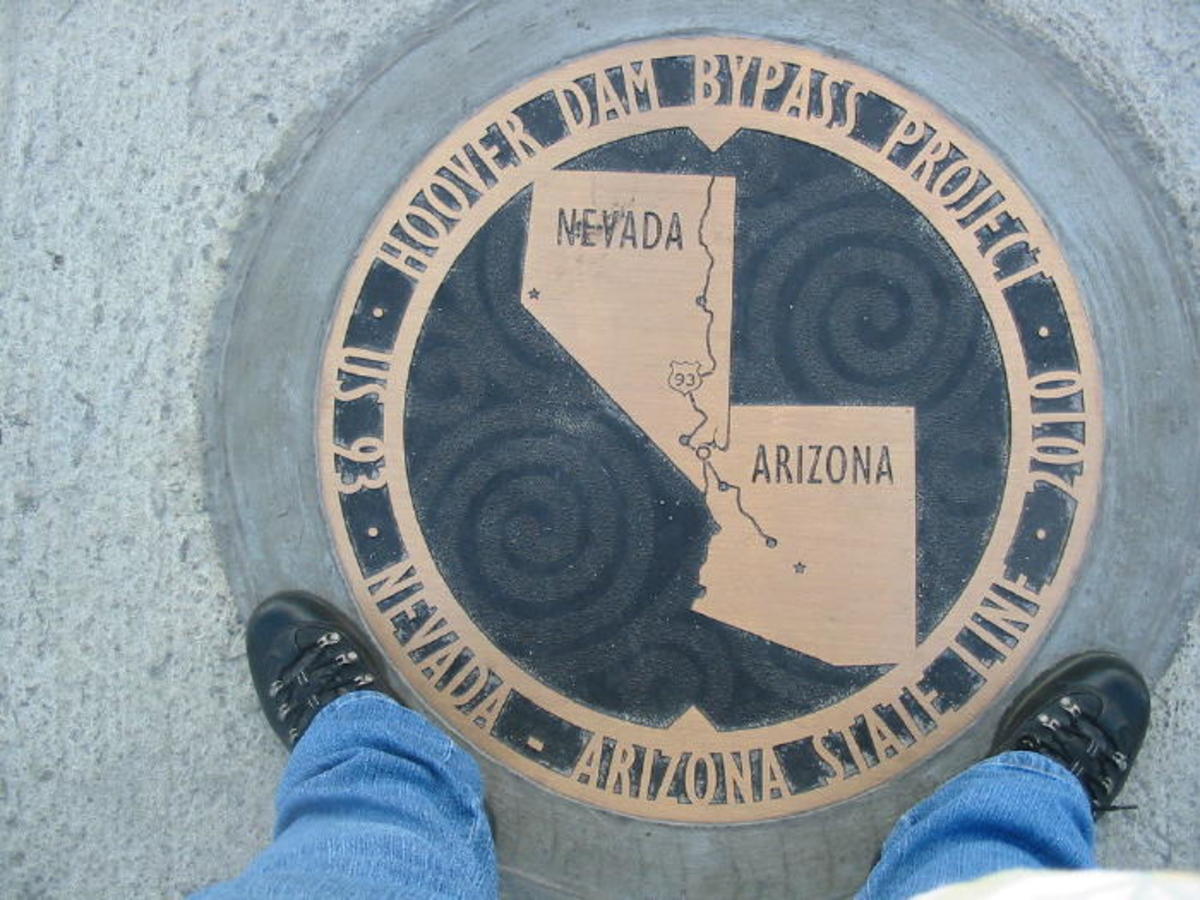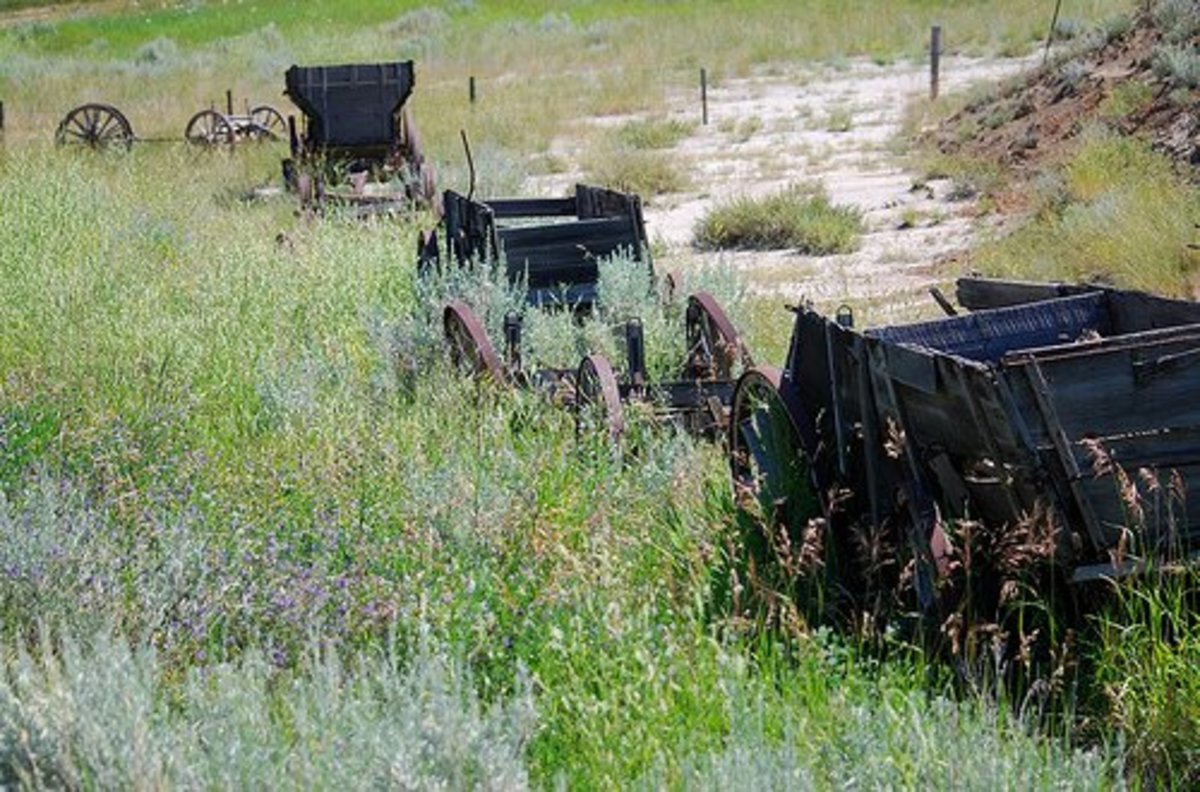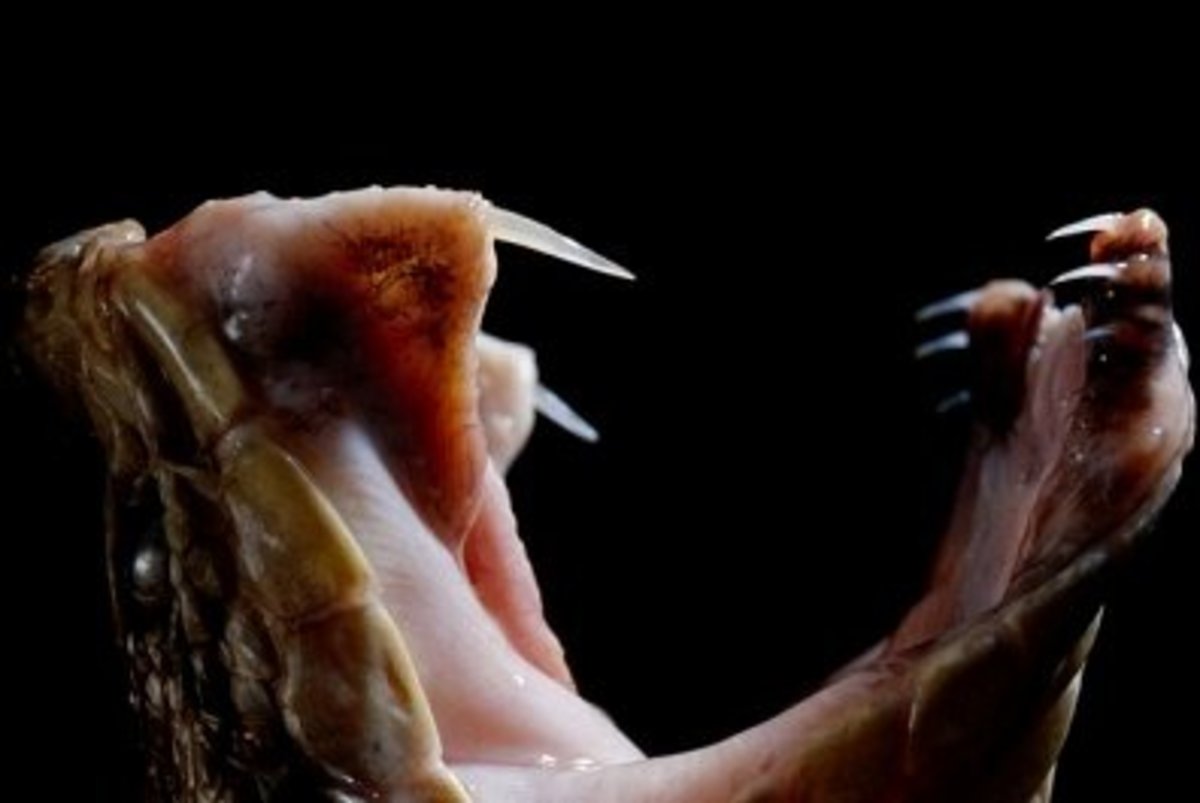Five Currently-Operating Theme Parks That Are Even Older Than Disneyland
Walt Disney is often credited as being the originator of the theme park. The story behind that origin is perhaps familiar. While taking his daughters to a traditional amusement park one day, he realized that he and perhaps a good many other parents, too, weren't having a particularly good time. That miserable experience, it is said, became the inspiration for Disneyland, which he opened in Anaheim in 1955.
While Disney unquestionably made the theme park what it is today, there are a few theme parks still in operation that actually predate his. This hub takes a look at five of them.
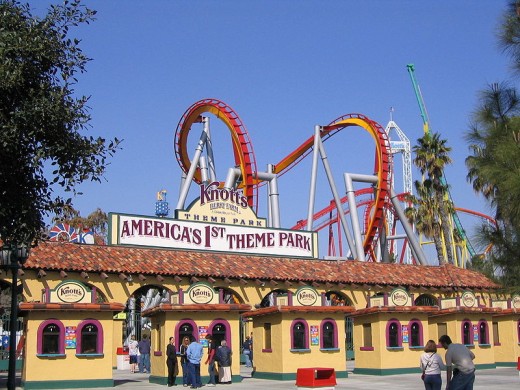
1. Knott's Berry Farm
In 1920 Walter Knott began selling berries, preserves, and fruit pies from a roadside stand near his farm outside Buena Park, California. Fourteen years later, his wife Cordelia opened up a small restaurant and began serving chicken dinners. Eventually the highway along which they'd decided to do all this on became a major north-south artery. Business boomed, and the lines to get into Mrs. Knott's Chicken Dinner Restaurant became quite long. In order to give their customers something to do while they were waiting, the Knotts started adding shops and exhibits, including wishing wells, a rock garden, and a 12-foot-tall active volcano.
Eventually the side amusements started taking on a Western flair. One example was a mine where visitors could pan for gold. Starting in 1940 Knott added a ghost town, comprised of Wild West-era buildings which he had moved from Arizona. He also added a railroad and a mine train. After that, the place just kept growing. It added roller coasters, a log flume, a petting zoo, and a replica of Independence Hall.
Knott's Berry Farm, which bills itself as America's First Theme Park, is still thriving today. It is part of the Cedar Fair Entertainment Company, which also owns Cedar Point, King's Dominion and Canada's Wonderland.
2. Hersheypark
Hershey Park was created by Pennsylvania chocolatier Milton S. Hershey in 1907, as a place where employees of the Hershey Chocolate Company could go and have picnics. Eventually a carousel and a miniature train were added, as well as tennis courts, two bowling alleys and a band shell. A roller coaster was installed in 1923. For many years the park operated as an old-line amusement park, complete with a penny arcade, a Ferris wheel, and a fun house.
Beginning in 1971, after having spent several years in decline, the park was revamped into a modern theme park. Rechristened Hersheypark, Its new themed areas include a Wild West town and a waterpark. Visitors can also see employees walking around dressed like delectable Hershey's products. And of course there are plenty of Hershey's products for sale to take with you or to eat there.
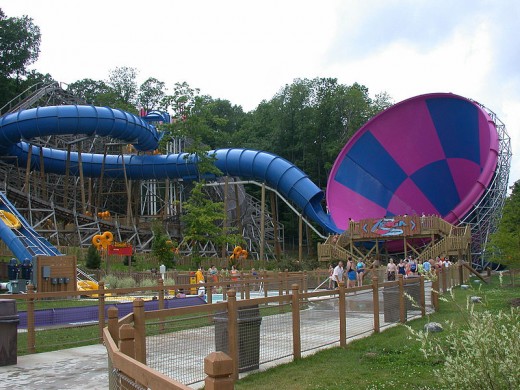
3. Santa Claus Land (Holiday World and Splashin' Safari)
The town of Santa Claus, Indiana, was originally called Santa Fe. When the town applied for a post office, however, they were told there already was a Santa Fe, Indiana, so they'd have to come up with another name. All right, the town said. How about Santa Claus? The post office approved the application, much to their later chagrin. The town inevitably became intertwined with the jolly old elf, garnering tons of media attention and even more tons of Christmas mail ready to get the unique Santa Claus postmark.
Maybe having two towns called Santa Fe, Indiana, wasn't such a bad idea after all.
One thing the town didn't have, though, was a real live Santa Claus, who could interact with children. Louis Koch set about to change all that by opening Santa Claus Land in 1946.
The idea behind the park was simple. Celebrate Christmas 365 days a year. Talk with Santa. See toy displays. Ride a miniature train. Even better, do it all for free (which you could until 1955, when the Koch family started charging adults fifty cents).
Gradually other Christmas-themed rides were added, many of which were targeted at older children and adults instead of little kids. Beginning in 1984, the Kochs decided that by focusing just on Christmas, they were missing a bet, so they expanded the park to include sections featuring Halloween and the Fourth of July as well and rechristened the place Holiday World. In 1993 they added a water park called Splashin' Safari and in 2006, in honor of the park's sixtieth anniversary, they added a Thanksgiving-themed area which is the home of the Pilgrim's Plunge, the world's tallest water ride.
4. Marineland of Florida
Okay, so maybe there weren't any roller coasters here. But Marineland of Florida was definitely a park with a theme, and the theme was -- dolphins!
Back in the 1930's a group of investors including American businessman Cornelius Vanderbilt Whitney and Leo Tolstoy's grandson Ilya wanted to create a venue for shooting movies with a marine theme. The idea was to build tanks, populate the tanks with marine creatures, and set up cameras. They called their concept an oceanarium, which they originally planned for the St. Augustine area, but they had to move it south when some of the St. Augustinians protested.
On June 23, 1938, the venue then known as Marine Studios officially opened its gates. It drew a crowd of 20,000 who came to see the main attraction, a bottlenose dolphin. The business took off. Eventually the studios added a motel and a restaurant as well as a marina. And it actually did operate as a motion picture studio. Among the features filmed there was The Creature from the Black Lagoon in 1954.
The opening of Walt Disney World in 1971 helped Marineland gain traffic. The opening of Sea World Orlando two years later did not. Sea World was Marineland on steroids. It had dolphin shows, yes. But it also had whale shows. And rides. And fireworks. It basically ate Marineland for lunch.
Marineland's rough patch lasted several decades. Funding disappeared. Repairs were put off. It got hit by two hurricanes in 1999. The place generally went to hell. The park's glory days seemed definitely behind it.
All, however, was not lost. Other investors came in and spruced up the place, demolishing many of the original buildings and basically reinvented the park by changing its mission. Today it operates under the auspices of the Georgia Aquarium, not so much as a theme park but as an educational facility. It no longer gives dolphin shows, but it does offer vistors the opportunity to swim with the dolphins.
Take that, Sea World!
5. Children's Fairyland
In 1948, Oakland, Califiornia, nursery owner Arthur Navlet hit upon the idea of having a park geared toward young children -- not an amusement park per se but rather a place where children could go to be amused. He thought the park should have a storybook theme -- the Three Little Pigs, the Old Woman Who Lived in a Shoe, Alice in Wonderland, and so on -- and shared his vision with the Lake Merritt Breakfast Club civic organization, who liked the idea. Two years later, in September 1950, from a stake of $50,000, Children's Fairyland became operational, sitting on ten acres of Oakland's Lake Merritt.
Navlet's vision included several innovations. One of them was to have what the park calls "storybook sets" -- buildings modeled after those in stories which children could play on to their hearts' content. Another innovation was to have costumed storybook characters wandering about.
His concept -- a themed park, which was new at the time -- inspired others around the country to build parks with a storybook theme. Another person whom it inspired was Disney, who had been doing spadework for Disneyland by visiting various amusement parks around the country and co-opting the best ideas from each. On his first visit to Fairyland, he supposedly looked at the themed buildings and said "This is it!"
The rest, as they say, is history.

